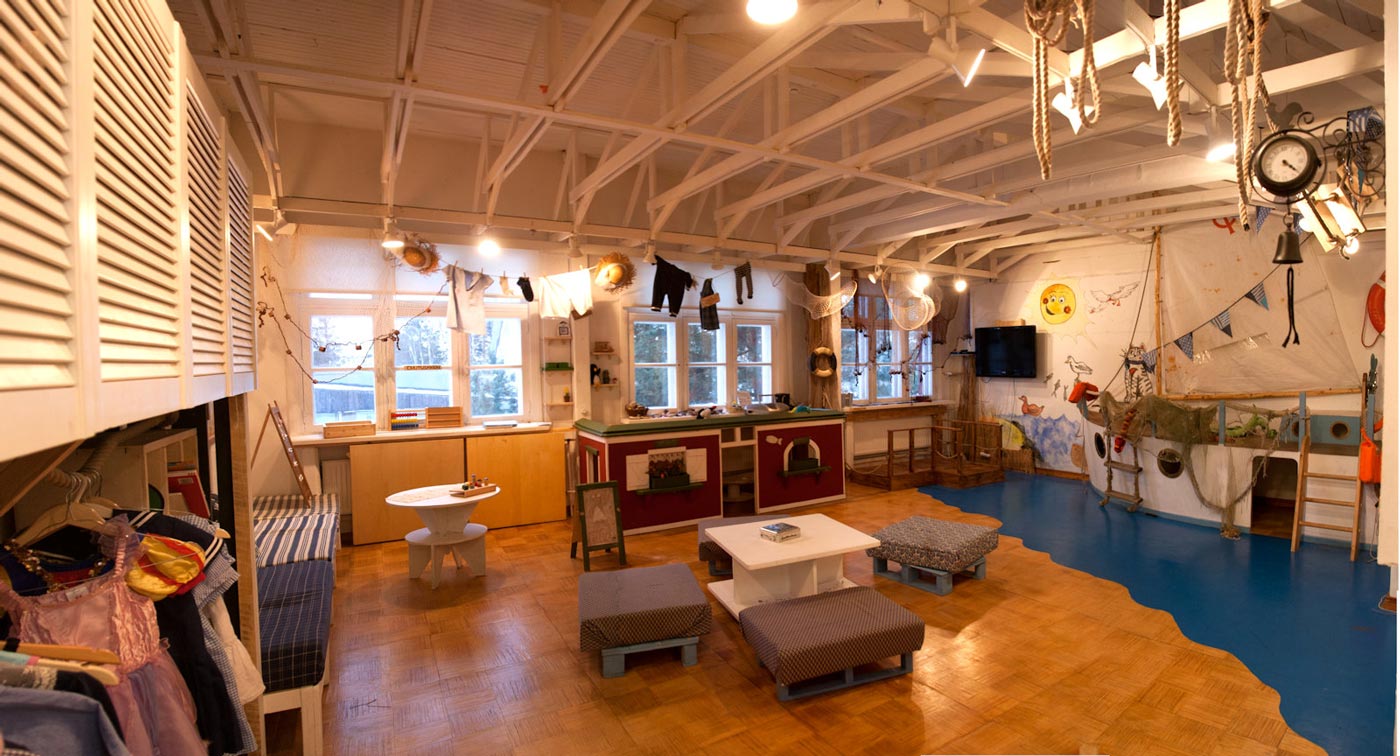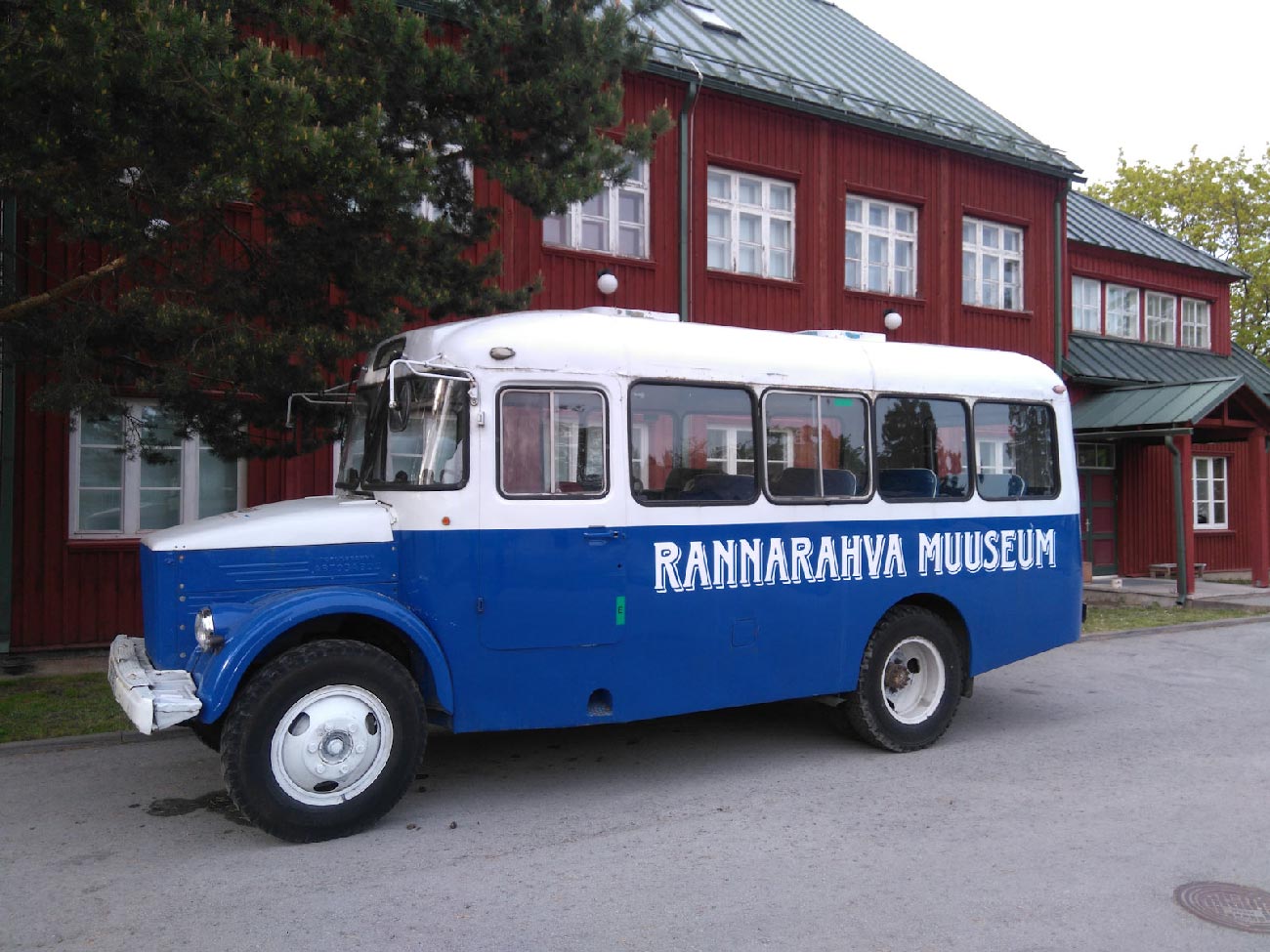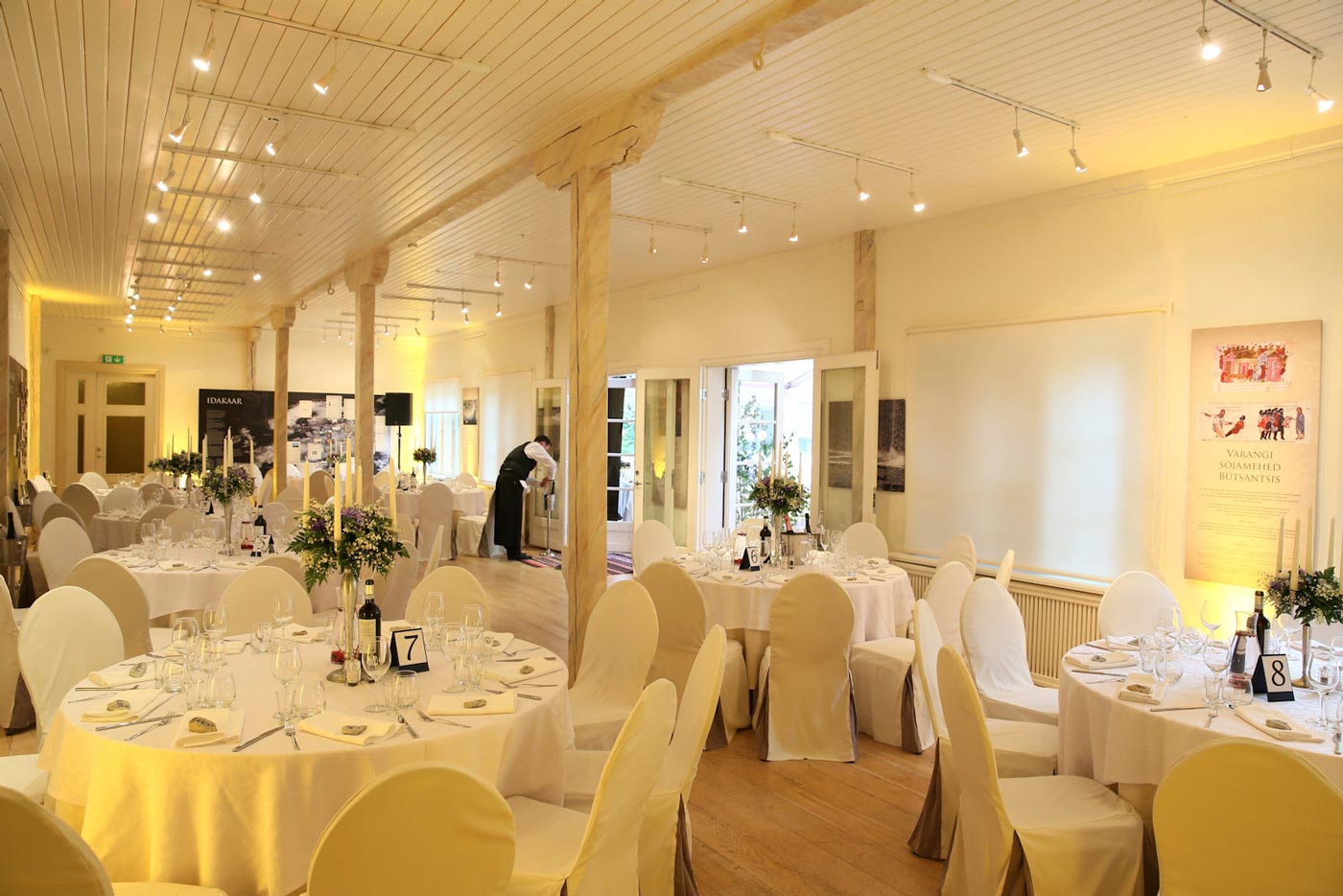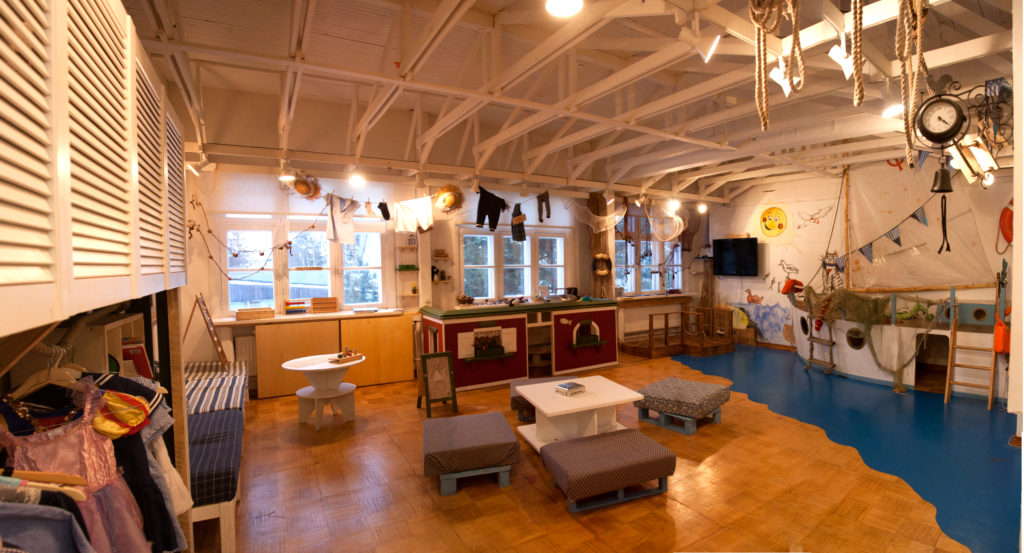MUSEUM OF COASTAL FOLK
ADULTS: 4€/7€*
CHILDREN, STUDENTS, SENIORS: 3€/5€*
FAMILY: 8€/14€*
*Valid in 2 museums and lets you visit both museums in the same day.
Family = 2 adults + 2 children
VISIT US
Nurme tee 3, Pringi küla, Viimsi vald
WE ARE OPEN:
Tuesday – Friday 10:00-17:00
Saturday – Monday closed
The Museum of Coastal Folk is located in the historic village of Pringi, in Viimsi County. Housed in a charming old schoolhouse, the museum showcases the harmony between the land, the sea, and the people who have lived near or along the coastline. Perched on the edge of the Viimsi Peninsula, the museum is a place where visitors can go no further without getting their feet wet—yet, at the same time, they have never wished to turn back.
The museum’s exhibitions, educational programs, and events focus on the rich and diverse history and culture of Estonia’s coastal people. It also highlights the region’s contemporary marine and coastal traditions, infused with the pleasant aroma of tar, the laughter of fishermen sharing jokes, and a wealth of maritime wisdom.
Our marine-themed playroom, featuring its mascot, Vigri the seal-boy, delights young visitors with fascinating insights into Estonia’s ancient maritime heritage. The museum shop is well known for its unique maritime-themed gifts and an excellent selection of books. The museum’s cozy and distinctive setting also serves as a fantastic venue for training sessions, seminars, and special celebrations such as weddings and anniversaries.


What can be found at the museum?
The Museum of Coastal Folk has gathered and displays artifacts related to the lives and activities of people living along the Baltic Sea coastline. From fishing hooks to boats, the museum showcases nearly everything that has shaped the daily life of those on a coastal farmstead. The collection includes approximately 13,000 items.
If you would like to learn more about a specific item in the museum’s collection or request access to artifacts, photos, documents, or other materials, please contact us at:
info@rrm.ee
The History of the Museum
The predecessor of the Museum of Coastal Folk was the Museum of the Exemplary Fishery, S.M. Kirov, founded on December 15, 1971. Two years later, on December 26, 1973, an exhibition showcasing the history of fishing and coastal communities was opened in the main building of the collective farm, which also housed the museum’s storage room, restoration workshop, and photo lab.
On August 12, 1980, the Open-Air Museum was inaugurated in the village of Pringi. However, in the early 1990s, the reorganization of the Kirov Collective Fishery began, leading to the formation of a limited company called Esmar. As part of this transition, the Museum of the Collective Fishery was also transferred to the private company. In the same year, exhibits were dismantled, and the museum ceased its activities.
In 1993, the Viimsi Parish government took over the museum from Esmar, relocating its collection to Viimsi Manor. The museum was subsequently renamed the Viimsi Parish Museum. In April of the same year, a local history exhibition was opened in the Viimsi Parish government building, followed that summer by a small exhibition on General Laidoner, who had once lived in Viimsi Manor. Later that year, the Museum of General Laidoner was established as a branch of the Viimsi Parish Museum. On March 1, 2001, this branch was placed under the jurisdiction of the Ministry of Defense of the Republic of Estonia and is now known as the Estonian War Museum.
In the autumn of 2001, after a period of challenges and multiple name changes, the Viimsi Museum’s Office and the Museum of Local History were moved from Viimsi Manor to the former Viimsi Rescue Service building. However, due to inadequate storage conditions and limited exhibition space, the museum collection was relocated again in May 2003, finding a permanent home in the former Viimsi Schoolhouse in Pringi Village. At that time, the Viimsi Local History Museum also became operational there.
Restoration work on the new museum building began in April 2004 to prepare for exhibitions. In June 2007, the Viimsi Parish Council decided to establish a foundation called Viimsi Museums. Then, in the autumn of 2009, under the leadership of the Viimsi Museums board, it was renamed the Foundation for the Museum of Coastal Folk—a name that truly reflects the museum’s rich history and significant contributions.



Getting here
You can walk to the museum
It is a 30 minute walk from the Viimsi center area. You can plan your walk here.
Tickets for the Public Transportation
* Bus 114 goes through zones Harju 1 and Harju 2
** Buses V1 and V5 are in the zone Harju 2
